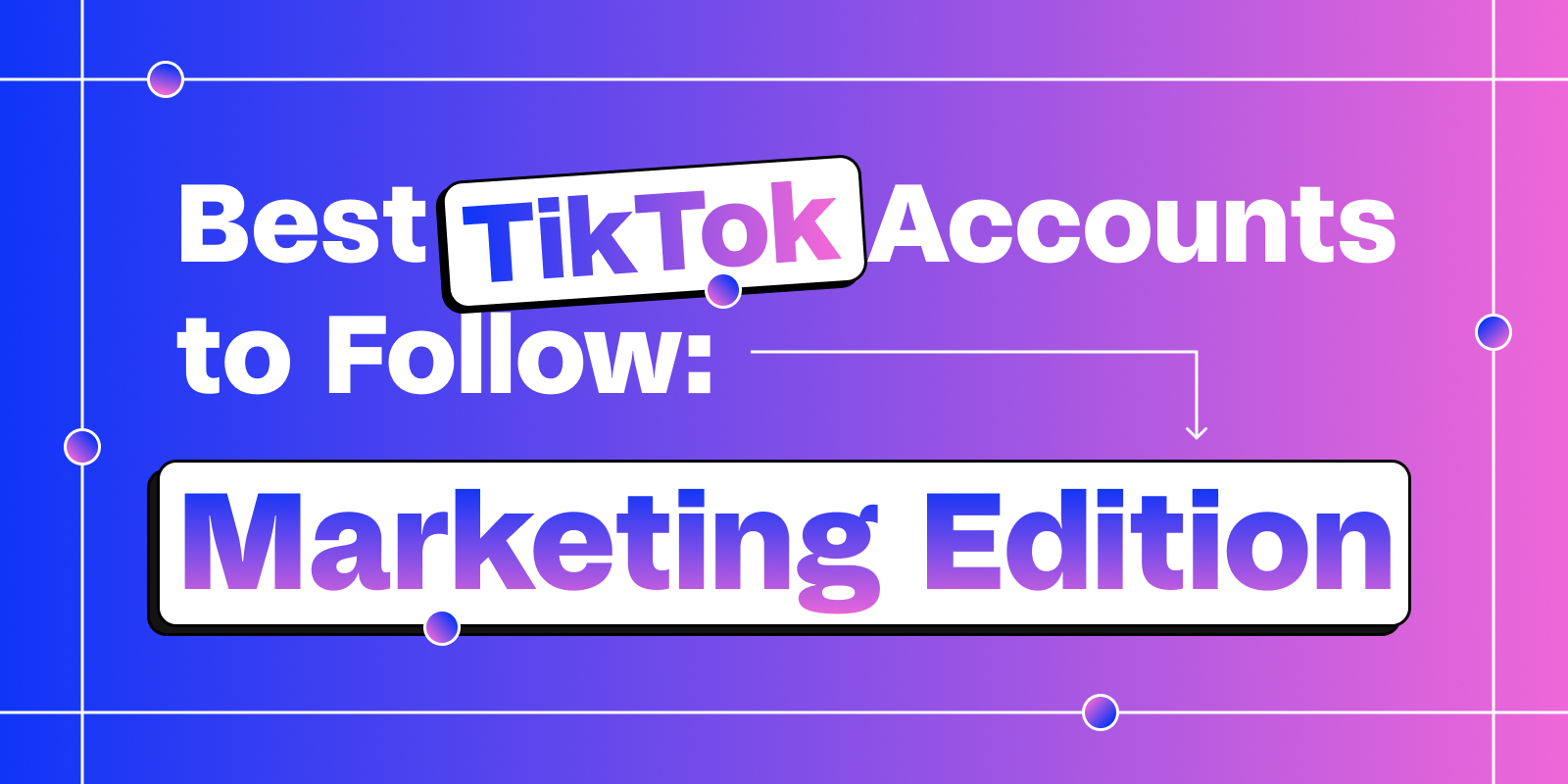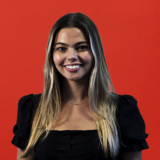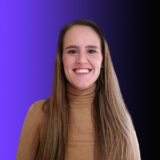As social media platforms continue to evolve, brands are constantly looking for new ways to reach their target audiences and drive conversions. In recent years, Facebook has been the go-to platform for many companies looking to advertise their products and services. However, with the rise of TikTok and its growing user base, brands are starting to experiment with this new platform as well. TikTok has quickly become a popular destination for younger audiences, and with its unique features such as short-form snackable videos, trending sound bites and creative filters, it already offers a new and exciting way for brands to connect with their target market.
As TikTok’s ad offering continues to evolve, brands are becoming increasingly interested in what that means for their Facebook ads efforts moving forward. Here, we will identify some fundamental differences in what works for TikTok and Facebook ads respectively from a content standpoint, and how brands can effectively utilize both platforms properly to succeed in their paid media efforts moving forward.
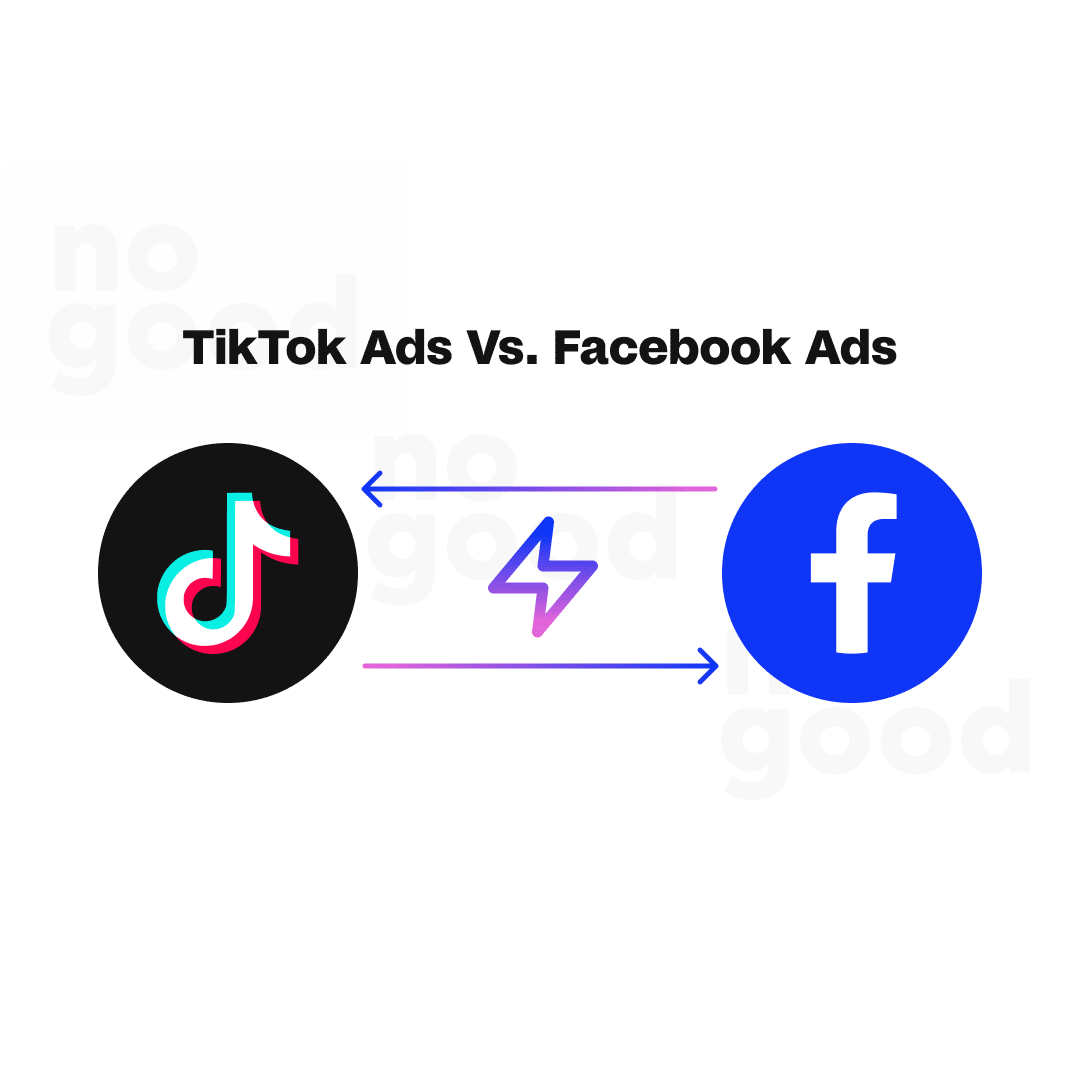
Every paid media buyer needs to know the fundamental differences between TikTok ads and Facebook or Instagram (Meta) ads, and what that means for their marketing strategies.
As with any digital advertising platform that is directly tied to a social media platform, in order to understand its true value, you must first have a grasp on the content native to the social media platform. For instance, with Facebook Ads vs. TikTok Ads, it is imperative to understand the type of organic content that resonates with the viewers on each platform, when to use each platform, and why each platform functions the way it does. To illustrate this point, here is some insight into how each platform gained traction from the beginning.
A Brief Recap of Meta’s History
Facebook has long held a monopoly in the social media advertising space, but the advent of TikTok, as well as the major shifts in the industry due to data and tracking restrictions, have begun to change that.
While Facebook will still likely play a significant role in any paid advertising strategy, TikTok is becoming an increasingly popular experimental channel for brands looking to reach younger audiences and try out new creative formats. With its rapidly growing user base, TikTok is becoming an increasingly attractive platform for brands looking to reach new audiences and test new ad formats. As TikTok’s ad offerings continue to evolve, brands are starting to experiment with the platform as a way to diversify their paid media strategies.
Meta’s success as a social media platform has grown and transformed from a photo/video-sharing platform for friends and family into much more. Over time, Meta grew into a highly addictive multifaceted platform where you can go if you want to learn about a celebrity or an ex-partner, shop online, or see what your friends are having for lunch (under the perfect lighting, of course).
Eventually, as more and more people photoshopped and color-corrected their posts into perfectly edited photos and glamorous lifestyle videos, Facebook and Instagram users began to get accustomed to seeing only perfect high-quality content. But recently, there have been some major shifts in what kind of content is embraced by audiences, what the nature of “social media” is, and what connection means in today’s world of consumption. Particularly, the rise of authentic storytelling, the “unpolished” and raw aesthetic, and short-form video that’s quick and easy to create have been dominating the space — in many ways spurred by TikTok’s rapid rise.
A lot is changing for Facebook Ads and Meta is under the pressure to figure out a way to become more proactive and less reactive to Bytedance’s (TikTok parent company) successes.
With Apple’s data privacy restrictions, the fight for viewership getting stronger each day, exponentially advancing AI-driven algorithms, and the massive content shift towards short-form video / discovery, Facebook is having a bit of an identity crisis.
Instagram, once primarily a photo-sharing platform, has adapted to the growing popularity of video content by introducing Reels as a response to TikTok. The platform has made changes to its algorithm to promote videos and allow users to create and share short-form videos in a similar format to TikTok. This move is a clear indication of the impact that TikTok has had on the social media landscape and how other platforms are being forced to adapt in order to compete. Reels has allowed Instagram to attract a younger audience and give their creators a new way to share their content. With this move, Instagram is showing its willingness to evolve and adapt in order to stay relevant in the ever-changing social media landscape.
The community-based discovery content that became popularized by TikTok has backed Facebook into a corner, where Facebook is trying to catch up to the rapid changes to retain market share. Short-form and UGC videos have changed the way that consumers feel about and engage with ads.
TikTok’s Brief History
TikTok has been rapidly gaining market share in the social media space over the past two years. This can be attributed to its foundation as a discovery platform, where users follow strangers, who put out such engaging content that users were drawn to follow and view more content. The algorithm used by TikTok is designed to promote relevant, entertaining and valuable content to the users. The algorithm uses various factors like user engagement, watch time, and content type to determine what videos to show on the “For You” page. The For You page is the main page where users can discover new content, and it is the core of the TikTok experience. The algorithm is designed to favor content that is likely to be popular and engaging to the user, thus making it more likely that they will spend more time on the app and consume more content. The algorithm is constantly evolving, and it’s continuously learning the user’s behavior and preference to better cater the content to them.
Different in nature, the content is refreshingly low-fi from a production standpoint, with fast edits and strong hooks, which converts to trust and provides a fresh perspective from what consumers of social media have been used to for the past decade with the high-production value content that was typically found on Facebook and Instagram.
In order to capture attention on TikTok, content needs to be able to tell a story and be compelling. Short-form videos are an excellent medium for storytelling and allow brands to showcase their products or services in an engaging and creative way, making it more likely that users will stop and watch the video.
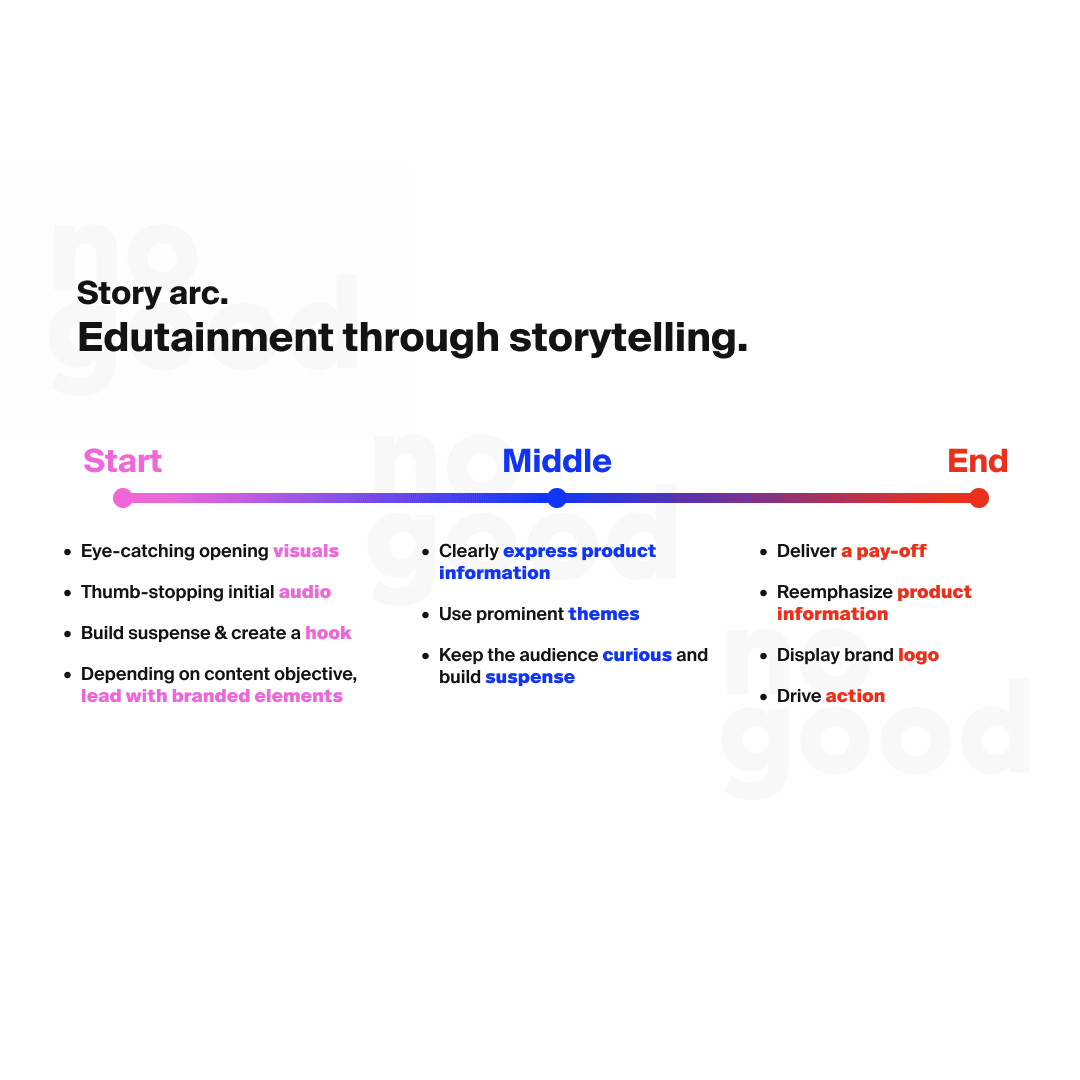
With such engaging and informative discovery-based content, TikTok is growing into the go-to search platform where people would find information they would have otherwise looked for on Google or Youtube.
On TikTok, there is a large opportunity for community building where brands have the chance to exhibit their true voice and connect with their target audience like they never have before through comments, duets, stitches, and other engaging community features that TikTok has.
Although TikTok was originally largely popularized by its influx of open-minded Gen-Z users, the 1.4 billion users and 1 billion MAUs the platform now boasts comprise a diverse pool of users.
Tiktok naturally became a hub for transparency, where people and brands could express themselves in a more unfiltered and authentic manner, and has grown to be the default platform to learn and discover new things from the everyday person, rather than from a big-time heavily endorsed celebrity, or through a high-production quality video.
How are Facebook and TikTok Ads Changing?
TikTok is catching up
TikTok has been rapidly catching up to Facebook in terms of advertising capabilities and offerings.
From a functionality and user experience standpoint, both Facebook Ads and TikTok Ads platforms feel very similar. If you are used to running ads on Facebook Ads Manager and have never touched or seen TikTok Ads Manager, you are in luck.
While the campaign, ad formatting options, and targeting options differ between platforms, the layout and overall feel is similar enough that you would sort of already know where to go the first time seeing or using TikTok.
TikTok has been introducing new ad formats and targeting options, making it more attractive to brands as an advertising platform. While Facebook still holds a strong monopoly in the social media advertising space, brands are starting to diversify their channels and experiment with new platforms like TikTok to reach new audiences and test new ad formats. TikTok’s unique features like short-form videos, creative filters and its popular “For You” page make it an ideal platform for brands to connect with younger audiences and try out new creative approaches. The rise of TikTok as a viable advertising platform has led to a shift in how brands approach their social media advertising efforts. With TikTok’s increasing popularity, it’s expected that more brands will start to include it as a core part of their social media advertising strategy in the near future.
AI as a Competitive Advantage
One major trend that is being seen across most paid social platforms is the shift toward machine learning and AI for targeting efforts. Significant investments are being made by advertising platforms to enable their AI-powered machines to become smarter and more efficient, especially due to the rising privacy concerns in the data-sharing world.
This means that algorithms are finding new ways of interacting with data to target audiences who will be most likely to engage or convert based on what the computer recognizes as relevant to specific users within the creative imagery and copy.
In some cases, Meta has even reported that there is as much as an 18-20% lift in conversions when brands utilize their new Advantage + Shopping campaign.
There are many uses for AI that, if used properly, can help paid media buyers to be more efficient in their work. AI copywriting can be used to write compelling ad copy for Meta or TikTok ads. AI content creation can be used to generate videos, images and animations for Meta or TikTok ads. AI targeting can be used to show ads to the most relevant audience by analyzing user data, such as demographics, interests, and behavior.
The importance of AI is rising and your AI tech stack will become increasingly large as more and more software is developed over the coming months/years.
The Rise of UGC
As a result of the increased need for brands to have access to short-form video, there is a rapidly growing opportunity for brands to utilize UGC for their top-of-funnel and mid-funnel paid social efforts.
UGC tends to work really well at the top and middle of the funnel, when brands want to increase brand awareness and reach, or to warm audiences up with more educational and informative product-based content.
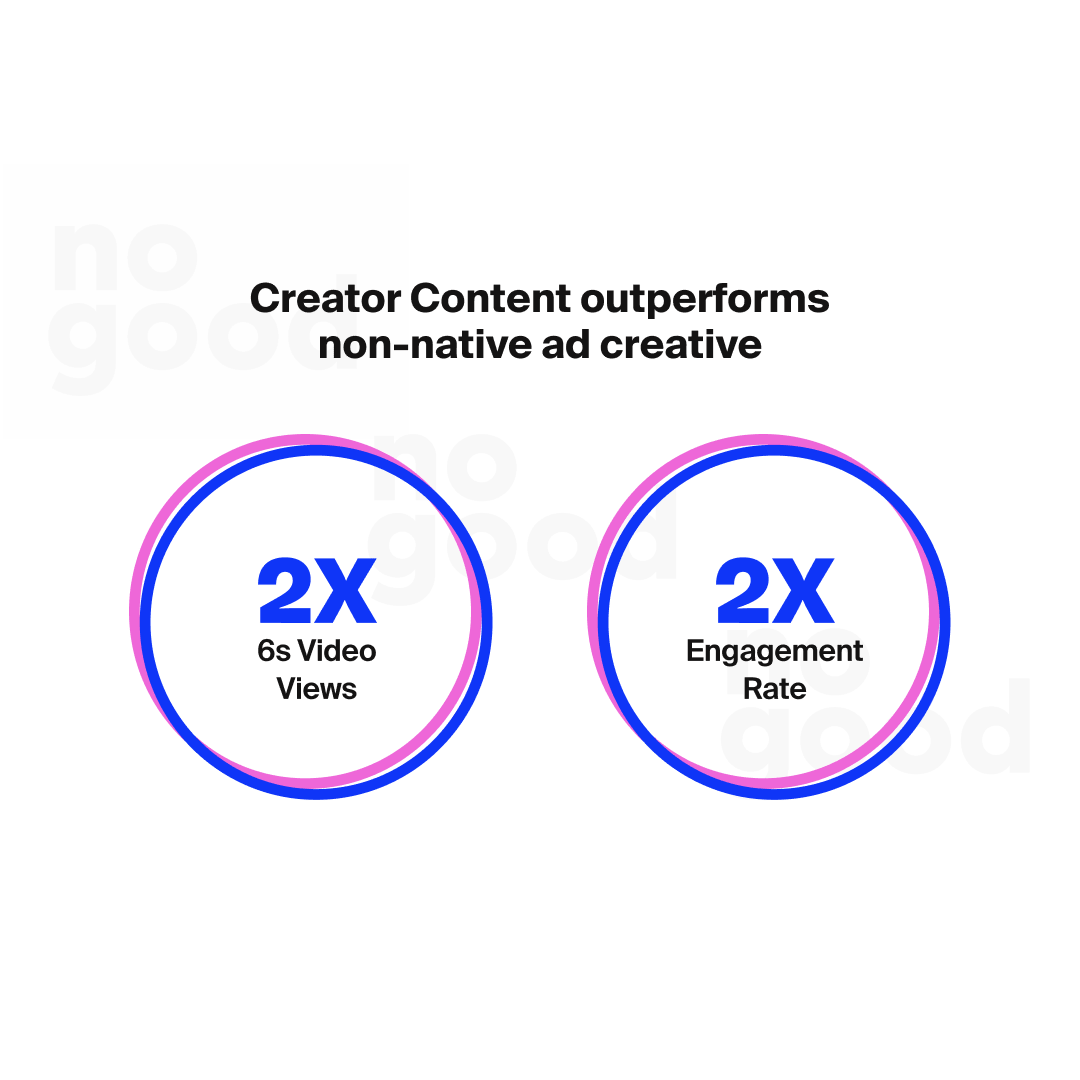
Over time, the audience’s sensitivity and antagonism towards ads have increased significantly due to the spike in the saturation of content and ads. UGC offers a new avenue to create value-driven ads that are meant to entertain first, sell second, earning that initial buy-in/trust from the audience and mitigating the negative reaction to traditionally promotional ads. In other words, at this point in time, people actually are willing to and even want to watch ads if the ads are indistinguishable from regular content and deliver value first and foremost.
With this, audiences can expect to continue to see authentic, transparent, and informative content that delivers real valuable insights to a brand or product.
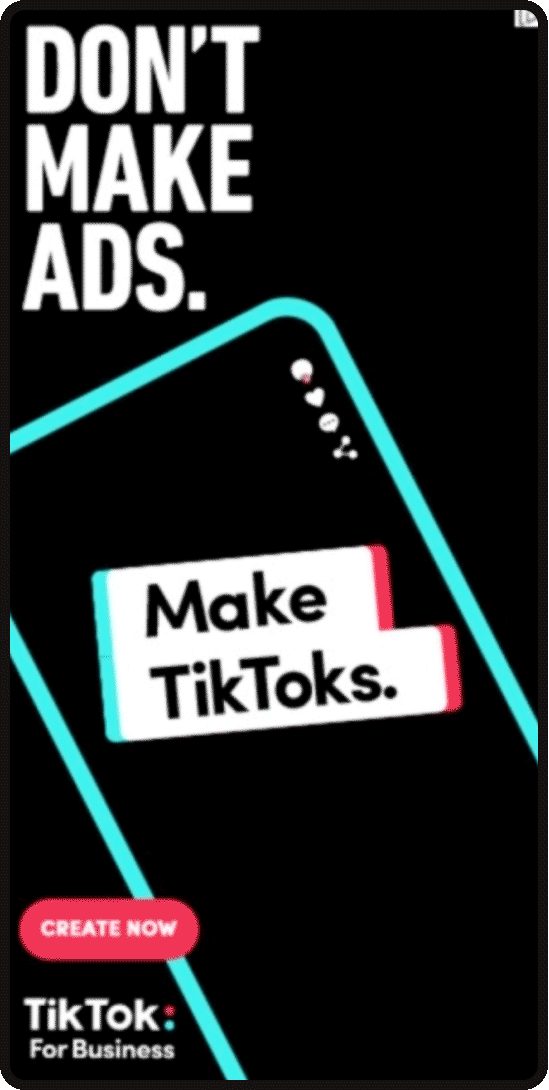
Are Facebook Ads or TikTok Ads Better?
Facebook ads and TikTok ads can work in tandem as part of a full-funnel marketing strategy. Both platforms have their own unique strengths and target audiences, and by utilizing both, brands can reach a wider audience and achieve their marketing goals more effectively.
For the top of the funnel, TikTok can be used to raise awareness and generate interest in a brand or product by creating engaging and creative short-form videos that are likely to be shared and viewed by a wider audience. This can be done through Spark Ads, sponsored hashtag challenges, branded filters and effects, and influencer partnerships.
For the middle of the funnel, Facebook can be used to target a specific audience and drive conversions by using its sophisticated targeting options and ad formats. Brands can use Facebook’s retargeting capabilities to reach users who have already engaged with their content on TikTok, and use lead generation forms, carousel ads and video ads to encourage them to take a specific action.
For the bottom of the funnel, both platforms can really drive value depending on what your goals are. If your BOF goals are conversions, then Meta has historically been known to have a stronger BOF conversion rate with a better CPA than TikTok. However, at the BOF, TikTok can still be used to increase brand loyalty and customer retention by building a community around a brand and creating content that encourages users to keep coming back. Brands can use TikTok live, duet and reaction features to interact with their audience and create a sense of community and engagement.
By using both platforms in a coordinated way, brands can create a full-funnel marketing strategy that leverages the unique strengths of each platform to reach a wider audience and achieve their marketing goals more effectively.
The best ad platform for each brand will vary. The answer to this question requires us to take a step back and take a more holistic viewpoint. A brand’s digital ads strategy should encompass a multitude of platforms that contribute to overall blended performance. An advertiser’s toolbox today needs to span a variety of social tools like Facebook Ads, TikTok Ads, Amazon Ads, Pinterest Ads, Google Ads, LinkedIn Ads, etc. The list goes on and the tools available to advertise digitally grow each day — and each ad tech stack will look different depending on the brand’s vertical, business model, and audience needs.
The main difference between Facebook Ads and TikTok Ads is not in the technical capabilities of each ad platform, but rather the fact that the content that works on Facebook for paid social is largely influenced by the content that TikTok creators are putting out due to the reasons stated above.
There is no answer for which is a “better” ad platform between Meta and TikTok because both platforms can be used simultaneously to achieve different goals for a full-funnel approach.
TikTok can be a strong Top of Funnel driver that we can use to warm audiences up and retarget them on Facebook, which has proven to be a strong tool for Bottom of Funnel objectives like conversions.
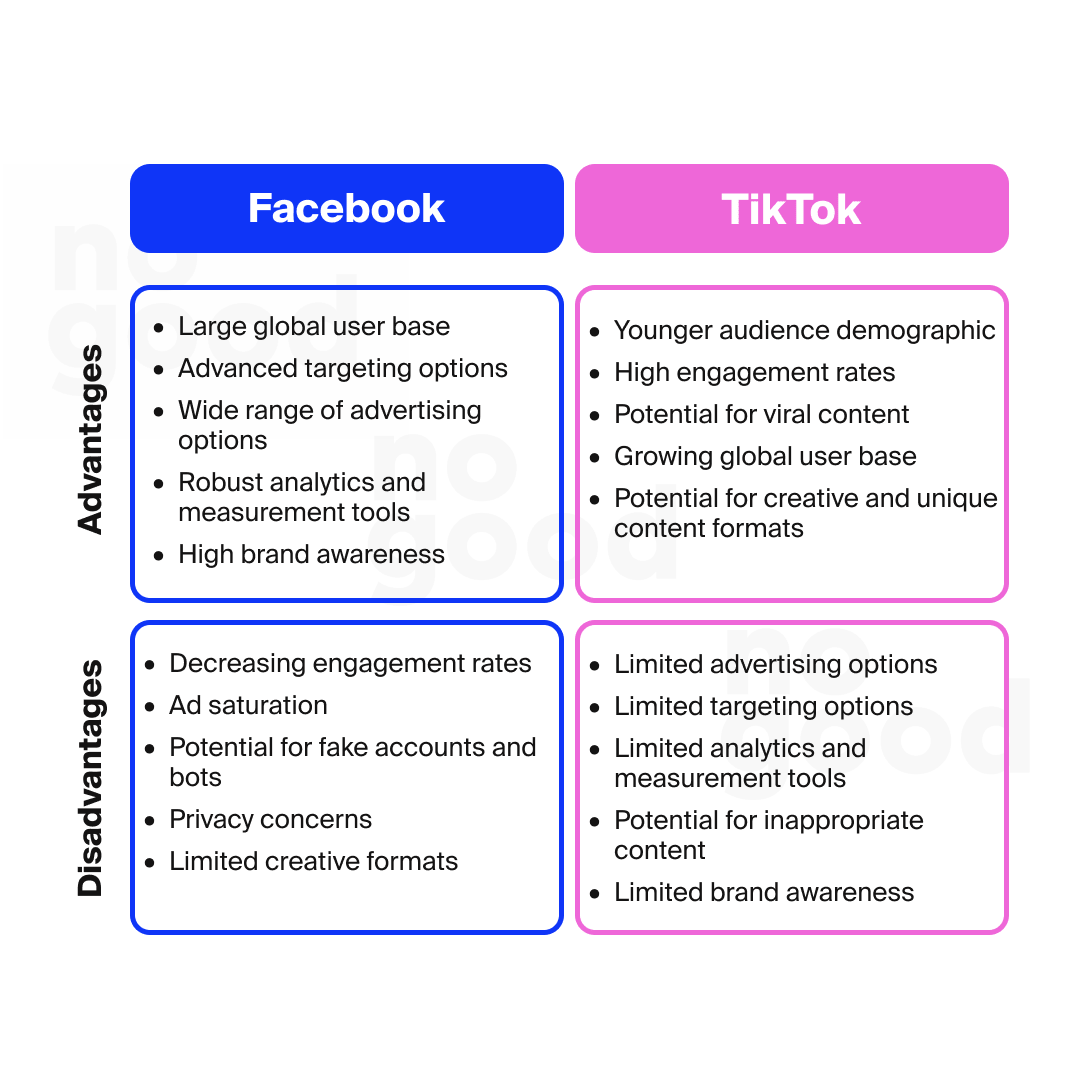
Consistent creative experimentation is key no matter which platform a brand chooses to advertise on. Creative is and will continue to be the number one determining factor in the performance of any ad campaign on any platform.
Why is it Important to get out of learning mode?
What remains true to both ad platforms is that campaigns take time to learn and optimize when they are first launched. This is especially the case for new brands starting out with a brand new pixel. When a conversion objective has reached enough events (minimum of 50), then the learning phase will end. The learning phase is a period where your CPC, CPA, CPM will all be significantly higher because the platform is still learning how to best perform and deliver your ads to the proper audiences who are most likely to engage and convert.
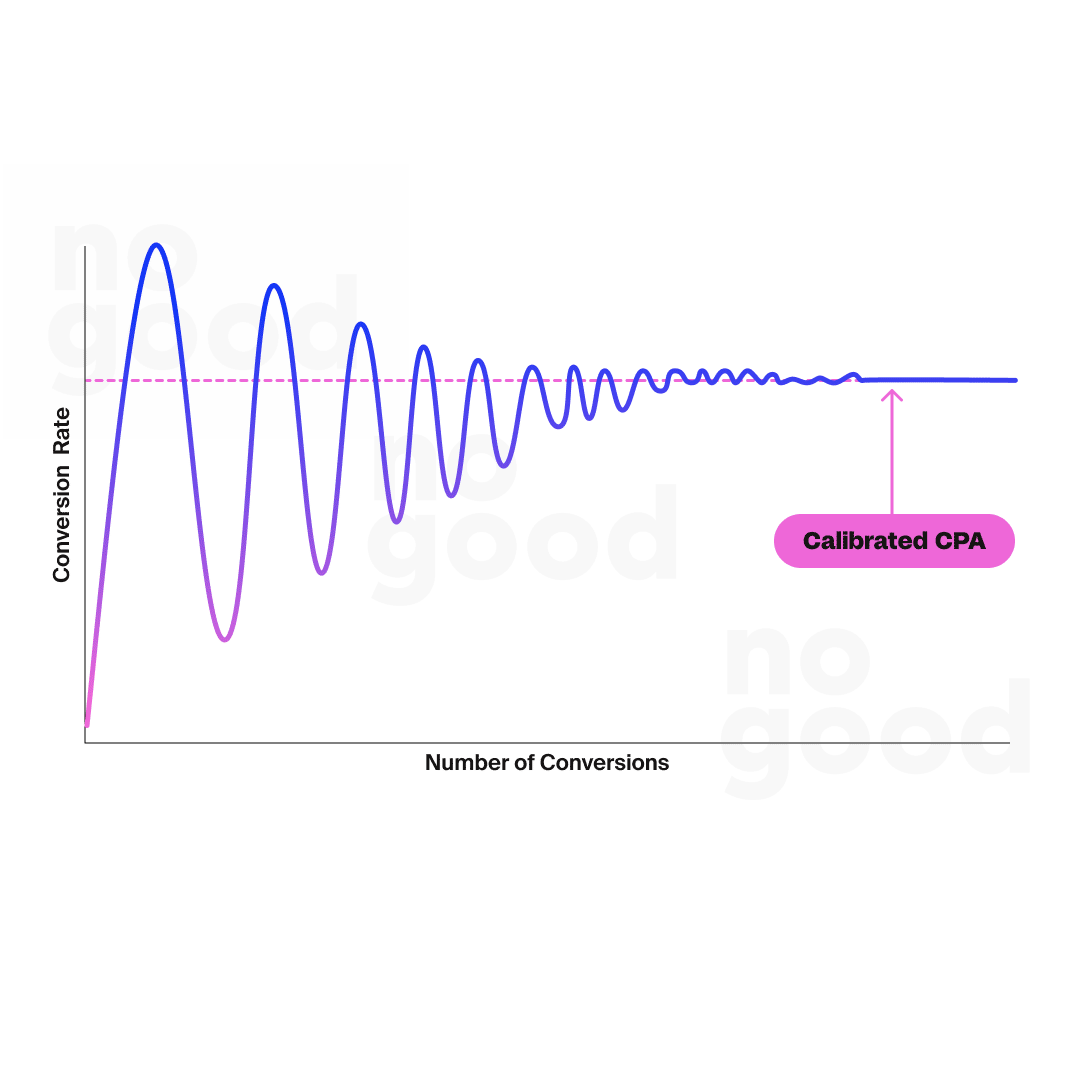
Once the campaign is out of learning mode, the costs should begin to come down and desired metrics should start to increase if your campaign setup, targeting, and ad creatives are done properly. It is recommended to spend only maximum 20% of your budget in the learning phase to achieve optimal results. That means once you launch, you should try to make as few significant changes to the campaigns as possible as each change sends the campaign back into learning mode.
Moving forward
As the race to grab attention morphs and grows, change is inevitable, and it will happen suddenly. Now, more than ever, it is critical to upkeep on research and continually uncover new “current” best practices for each platform to achieve success. These strategies need to be constantly reassessed as new platform features and industry trends are arising all the time. If you would like to learn more about Growth Marketing for your business, check out NoGood’s list of services.


